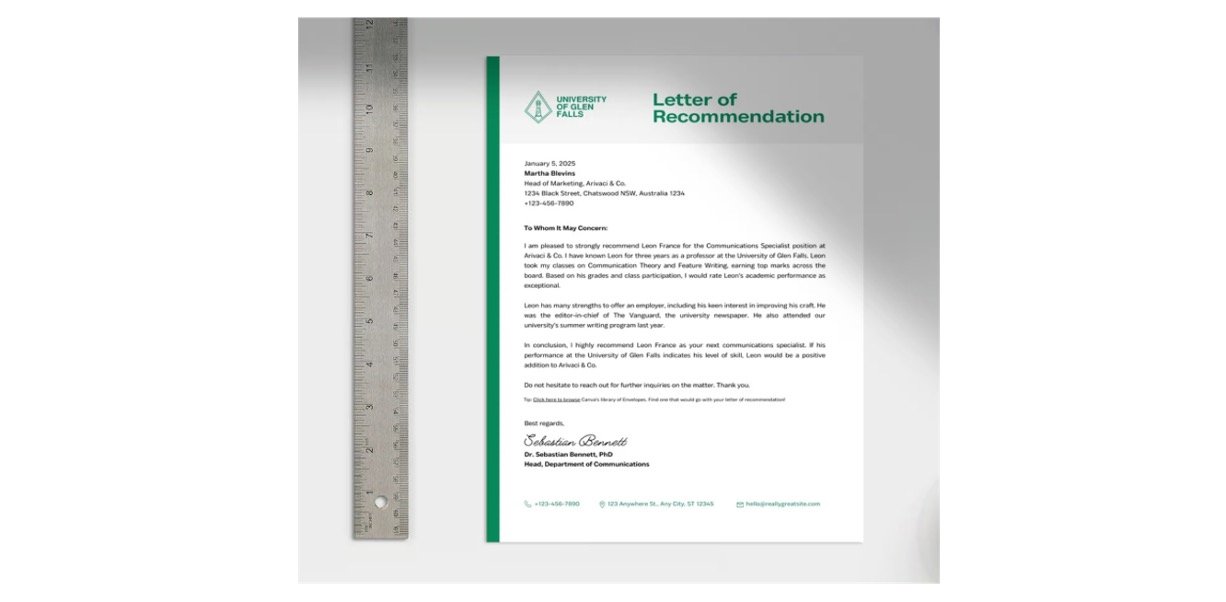Relative Fitness Definition
Relative Fitness is a measure of biological fitness in which a genotype’s or phenotype’s reproductive rate is compared to the population’s maximum reproductive rate (of other genotypes or phenotypes).
Darwinian fitness, or simply fitness of a biological characteristic, is a term used in biology to indicate how effective an organism is at passing on its genes. It differs from physical fitness in that the latter is concerned with an organism’s physical well-being.
Darwinian fitness is concerned with an organism’s capacity to generate progeny. The better an individual’s fitness is, the more likely he or she will survive and live long enough to reproduce.
There are two methods for determining fitness:
(1) absolute fitness and
(2) relative fitness.
Absolute fitness refers to an organism’s fitness as measured by the number of children it would generate in its lifespan and the age at which those offspring would reach reproductive age.
Absolute fitness is standardised relative fitness. It is a biological fitness metric in which the reproductive rate (of a genotype or phenotype) is compared to the population’s maximum reproductive rate (of other genotypes or phenotypes).
Absolute fitness divided by the average number of children in a population can be used to calculate it. It’s written as wrel.
Relative Fitness Citations
Share












